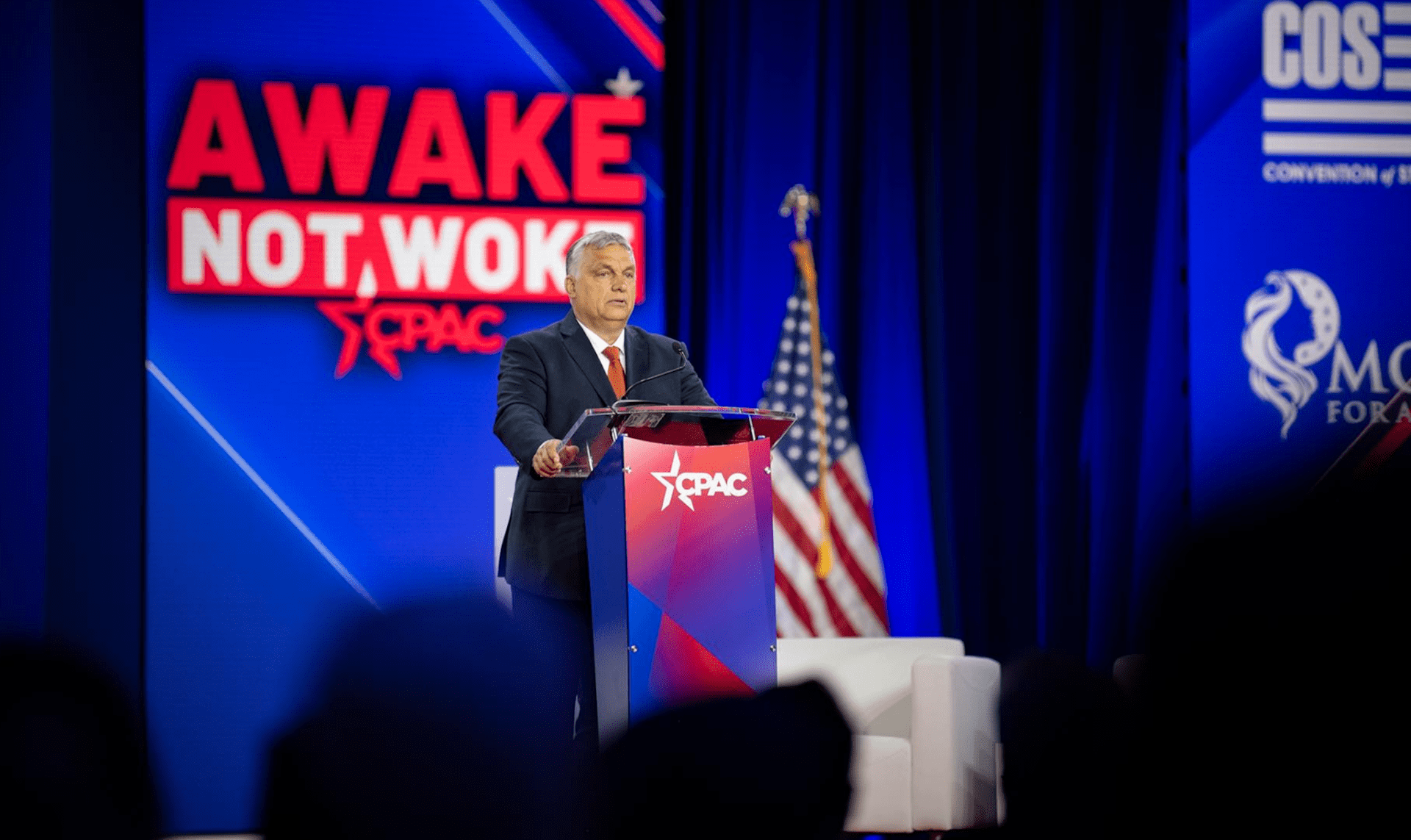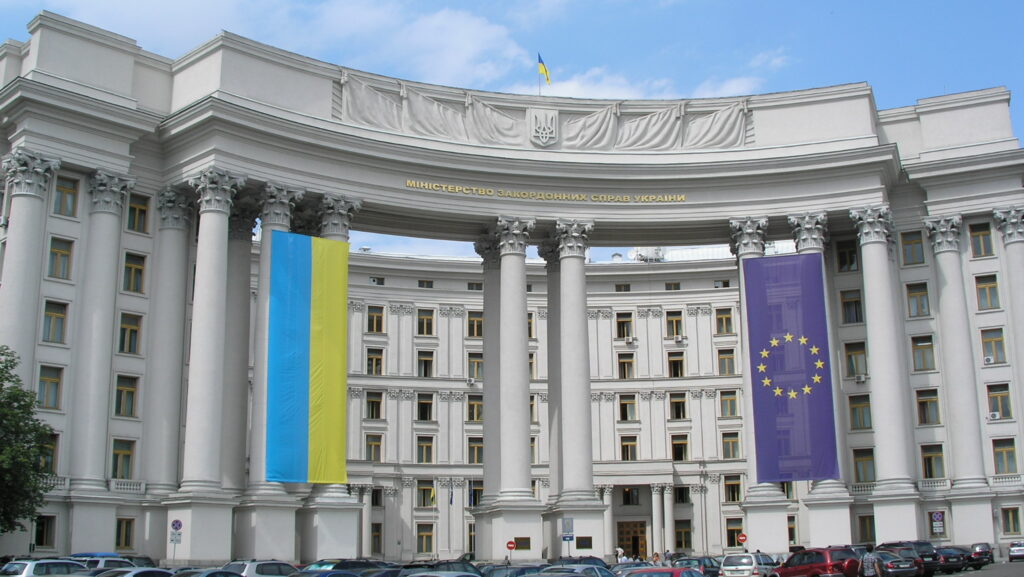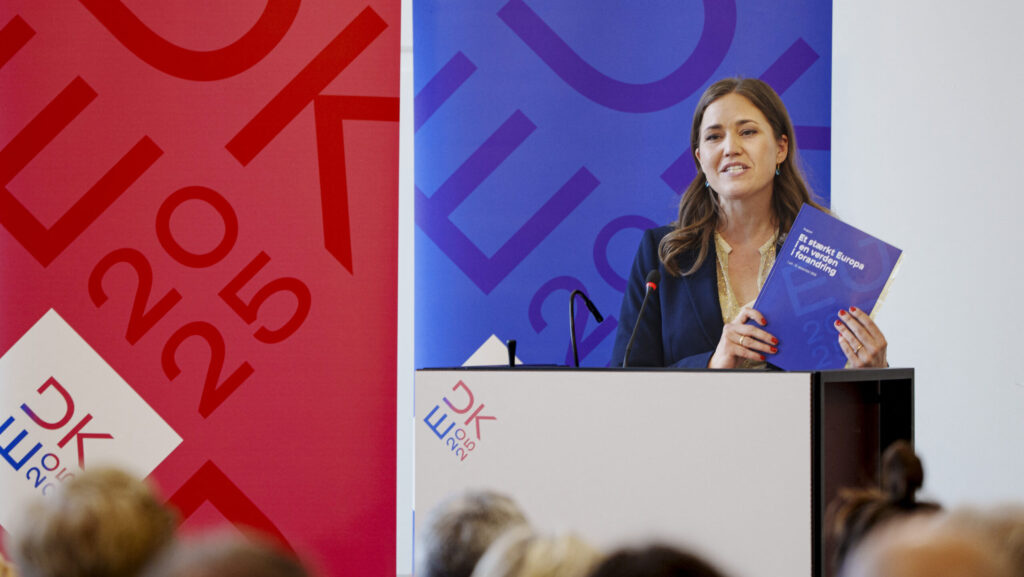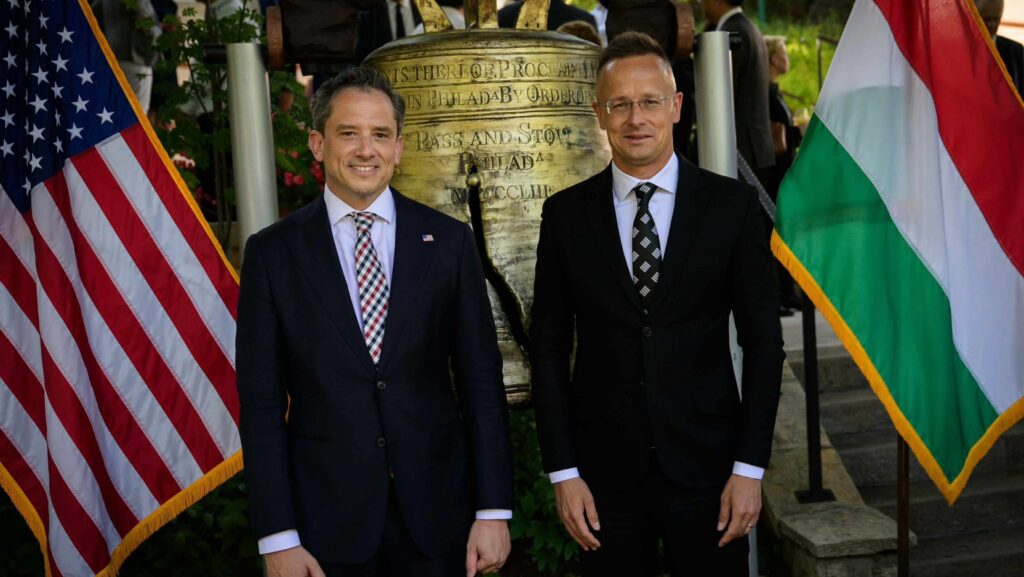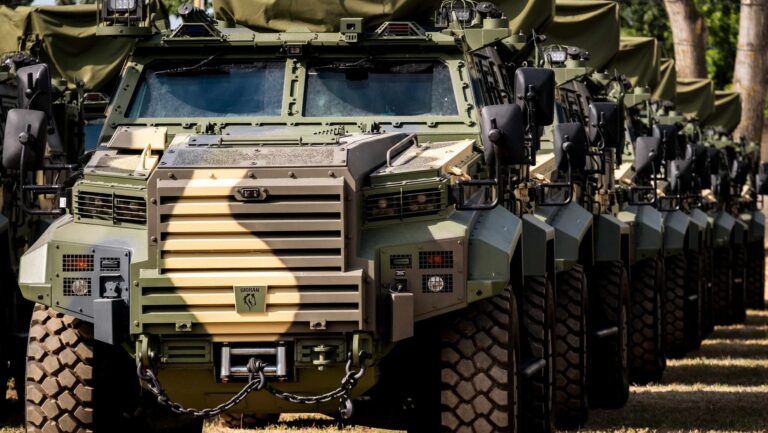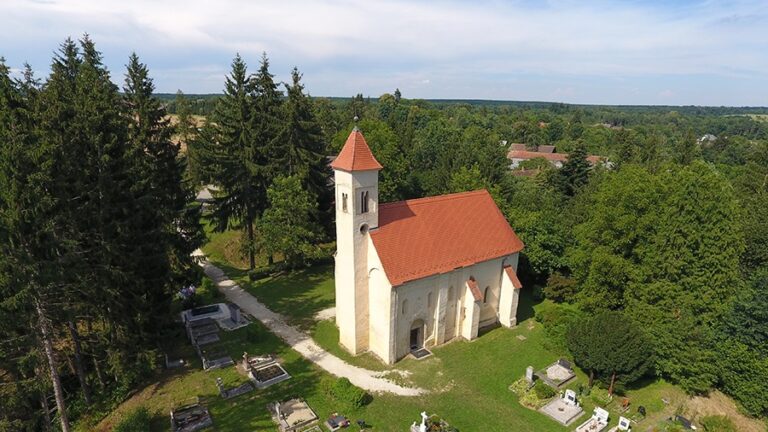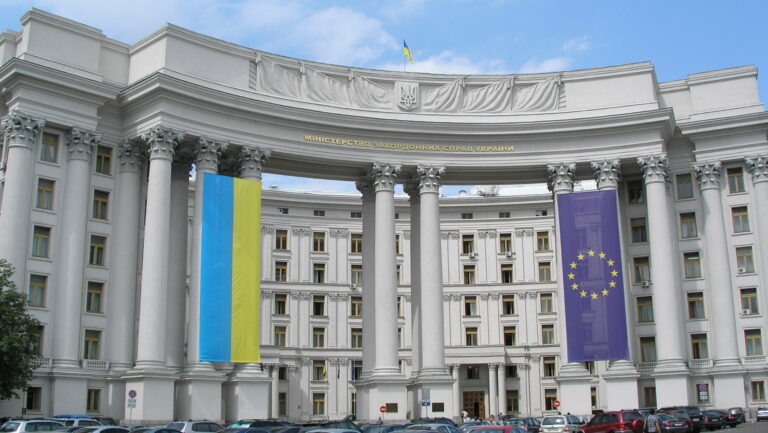Debunking a popular leftist narrative that Fidesz ‘has lost’ the youth, a study by Társadalomkutató has found that most people would happily take pictures with Viktor Orbán or Katalin Novák.
The Poll
A poll conducted by the Hungarian social research institute focused on who young people would be most willing to take selfies with. Unsurprisingly, the prime minister is in the lead, far ahead of all other politicians. Of the 1000 people between the ages of 18 and 21 who were surveyed, 37 per cent would take a selfie with Orbán. He is followed by recently appointed head of state Katalin Novák, who scored 23 per cent.
Opposition politicians turned out to be massively unpopular in the research, most reaching only about 10 per cent, meaning that only one out of ten young people would take a selfie with most politicians on the left. Former prime ministerial candidate Péter Márki-Zay scored 12 per cent in the popularity vote, having been overtaken even by Budapest mayor Gergely Karácsony (16 per cent). Other opposition politicians fared the same way as Márki-Zay. Mi Hazánk politicians Dóra Dúró and László Toroczkai, ex-Jobbik president Péter Jakab, and former Momentum leader András Fekete-Győr all scored around 10 per cent in the poll. The least popular among opposition politicians were Democratic Coalition leaders Ferenc Gyurcsány and Klára Dobrev, only reaching 9 per cent.
Background
A key variable that was examined in the research beside popularity was how well known politicians are. While Mr. Orbán and Ms. Novák are well known among young people, most of the opposition politicians are not. The most probable reason why Gergely Karácsony received the most votes is that he is the mayor of the capital, so many young people are familiar with his name. The least known of the politicians included in the survey was Bertalan Tóth, co-chair of the Hungarian Socialist Party (MSZP), with 43 per cent of those responding claiming they were not aware of who he was. The names of Anna Donáth (Momentum), Ágnes Kunhalmi (MSZP) and László Toroczkai were unknown for more than one third of respondents. Even the name of András Fekete-Győr did not ring a bell with over a quarter (27 per cent) of those questioned.
Surprising Findings
The findings of the research show that the name of Viktor Orbán is well known even among those who are voting for the first time. His popularity is not comparable to any politicians of the opposition. An interesting data that came out of the study is that more people said they would not take photos with Péter Márki-Zay (72 per cent), the failed PM candidate, than with Ferenc Gyurcsány, who is generally the most heavily rejected politician in Hungary. This fact rebuts the opposition’s claim that Márki-Zay was more successful in reaching young people during his campaign than any other politician.
The research was conducted on a sample of 1000 people aged 18–21, between May and June 2022. The sample included young people who were first-time voters in the 3 April elections.
Conclusion
It should come as no surprise that the prime minister, Viktor Orbán is highly popular among young people. In fact, in April some 49 per cent of the 18–21 cohort voted for Fidesz. As for Katalin Novák, the numbers could be more surprising as she only recently took office as head of state. However, she has been fairly high-profile in her activities ever since. Recently, on 25 August she met with Pope Francis and the two spoke for over 40 minutes in Spanish. During their discussion, the Pope praised Hungarian family policies the conception of which can be largely attributed to Ms. Novák. Recent research conducted by Nézőpont Institute also confirmed that she is quite popular among those familiar with her person.

